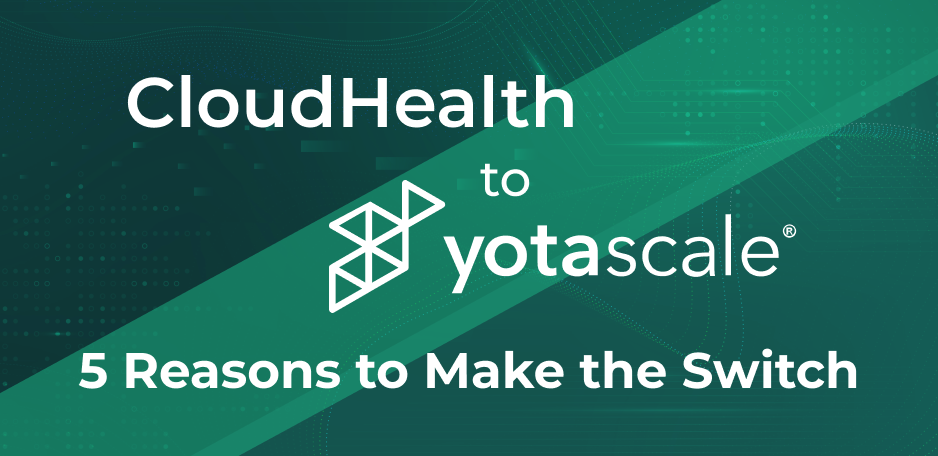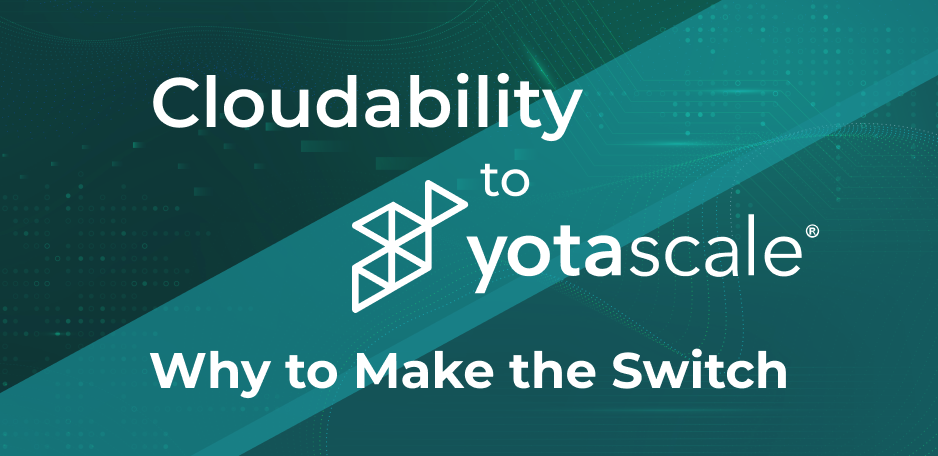When companies need advice on tools and solutions to address their business needs, they usually turn to two sources of information. Google, being the best anonymous research source, offers a wealth of information but also comes with the challenge of having too much unvetted information to sort through. The second source is an industry analyst who is trusted to filter out all the noise and deliver insightful, vetted information about the market space they are investigating.
Gartner, a top analyst across many industries, has just published their Market Guide for Cloud Management Tooling1. The guide provides insights into key buying criteria and includes a representative list of cloud management tooling vendors, selected based on market traction and Gartner client inquiry volume. While Yotascale does not have the right to share the report, we are ecstatic that we are included in this edition, in recognition of the momentum we are gaining in the market with our game-changing approach to cloud cost management.
Let’s explore some of the key findings in the report that we find particularly compelling.
Multi-cloud support is table stakes
Multi-cloud deployments continue to grow as cloud service providers (CSPs) work to offer differentiated features that enterprises need for a variety of use cases. However, this is creating new challenges for cloud infrastructure and application engineering teams, as Gartner noted in their report:
“Enterprises are intentionally and unintentionally needing to support multicloud deployments, which is stressing their current operational processes and tooling that is often focused on a single environment1.”
It has become table stakes that cloud cost management vendors support multi-cloud, and most do. However, when evaluating a cost management vendor, dig deep into HOW they present multi-cloud costs in their dashboards and reports. It’s not adequate to have different, separate views for cloud providers or for containers and Kubernetes deployments.
Indeed, Gartner advises that you should ensure that cloud tooling addresses:
- aggregation (a consistent view across the cloud environments, single SLA management capability)1
- integration (a unified layer of abstraction across multiple cloud providers)1
- governance (cost control, best
practices, regulatory mandates, etc.)1
The best way to determine this for yourself is to ask for a Proof of Concept (POC) so that your team can explore the tool directly to see how well it will be suited for the distributed infrastructure and application engineering teams that use it.
Raise the bar with unified IaaS and container management
Containers and Kubernetes (K8s) orchestration have become ubiquitous in cloud-native computing infrastructure being adopted by most organizations today. The flexibility and scalability of shared cluster resources makes them a powerful tool in the DevOps arsenal, enabling application engineering teams to allocate resources on demand to meet business needs.
As with multi-cloud, containers / K8s create new challenges for tracking and allocating shared resource usage that newer cloud cost management offerings strive to meet. As Gartner noted in their report:
“Upper software stack activity (for example, containers), beyond just infrastructure as a service (IaaS), is causing a convergence of traditional cloud management tooling and newer container management offerings1”
Make sure that the tools you select don’t only support containers / K8s, leaving you to implement a different tool for non-containerized workloads. Unified support for containerized and non-containerized workloads, with all-in-one views of your full cloud environment, is the minimum bar that you should be setting for your cloud cost management tooling.
Empower engineers with the right tools
Finally, a message that speaks to the heart of Yotascale’s mission: “Help modern SaaS organizations optimize their cloud spend by creating a culture of cloud cost ownership.” Gartner recommends that DevOps / CloudOps:
“Partner with their application teams to select tools that enable speed and agility for developers while managing enterprise risk.1”
When you empower engineers with the right tools and information, you start to create a culture of ownership in your organization. You need to democratize your cloud cost information, so that every engineer working on cloud infrastructure understands the impact of the choices they make on cost vs. performance, in order to make the right decisions to optimize both.
Learn more about Yotascale Cloud Cost Management
While the guide covers the broader market for cloud management tools, a cloud *cost* management tool is a critical piece of the tech stack. If cost is as important a metric to your team as performance or scalability, using a third-party cloud cost management tool is the way to go. At Yotascale, we know that the best way for you to know if a tool is right for you is to take it for a test drive, and in 14-days we can provide you with deep insights into what we can do for you.
Not ready for that yet? Then take a look at how our customers have benefited from Yotascale in their environments.
1 Gartner Market Guide for Cloud Management Tool, April 2022, Dennis Smith, Padraig Byrne

